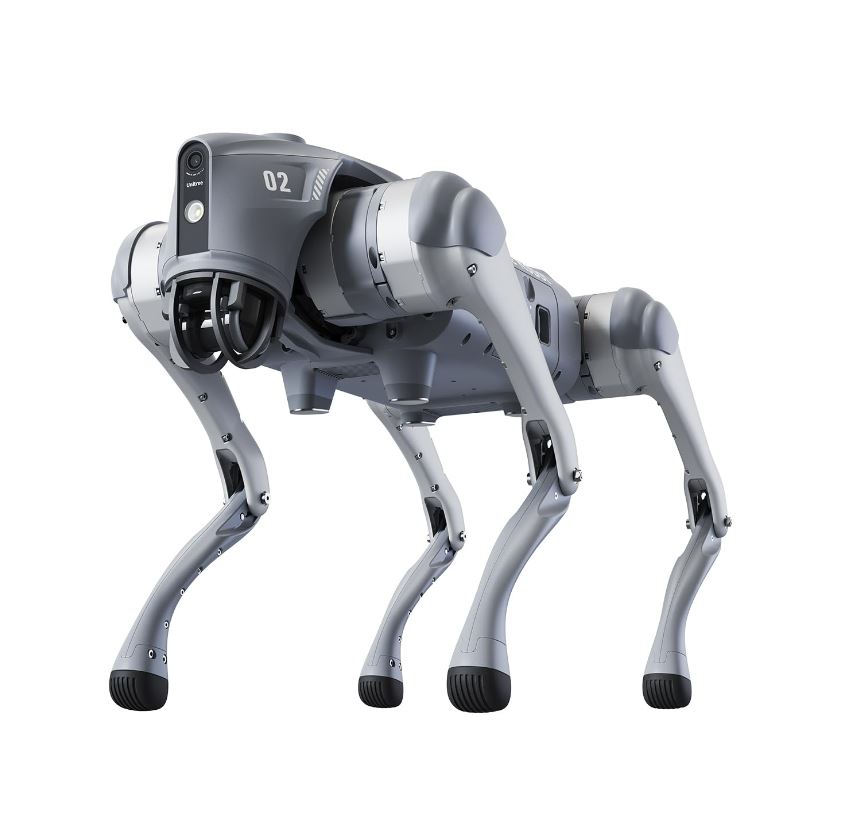Predictive maintenance, or predictive maintenance, represents a revolutionary step forward in the way companies manage their maintenance strategies. By using robots equipped with advanced thermal and acoustic cameras, organizations can identify potential problems before they cause serious damage or downtime. These technological advances not only provide the opportunity to extend the life of equipment, but also optimize operational efficiency and reduce long-term maintenance costs.
Thermal imaging cameras on robots offer an unparalleled ability to monitor the temperature of machinery and equipment from different angles and in hard-to-reach places. By analyzing heat radiation in real time, these cameras can detect abnormal heat patterns that indicate overheating, friction, or other problems that could lead to wear or failure. This early detection allows maintenance work to be scheduled before such problems escalate, reducing unplanned downtime and associated costs.
Acoustic cameras add an additional dimension to predictive maintenance capabilities. These devices can capture sound frequencies that are inaudible to the human ear, such as those produced by the premature wear of bearings or the unusual functioning of pneumatic systems. By analyzing these sound patterns, robots equipped with acoustic cameras can accurately locate the source of a problem, even in a complex industrial environment with a lot of background noise.
The integration of thermal imaging and acoustic cameras on maintenance robots offers a powerful synergy. Together, these technologies can provide a comprehensive picture of the condition of industrial equipment, allowing maintenance teams to work in a focused and efficient manner. This not only leads to higher machine availability, but also increases workplace safety by reducing the risk of accidents due to equipment failure.
The application of robots with thermal and acoustic cameras in predictive maintenance marks a shift to a more proactive maintenance approach. By deploying these advanced technologies, companies can not only extend the life of their equipment, but also improve overall operational efficiency and productivity. This points to a future where downtime and maintenance costs are significantly reduced, while taking equipment reliability and performance to new heights.

